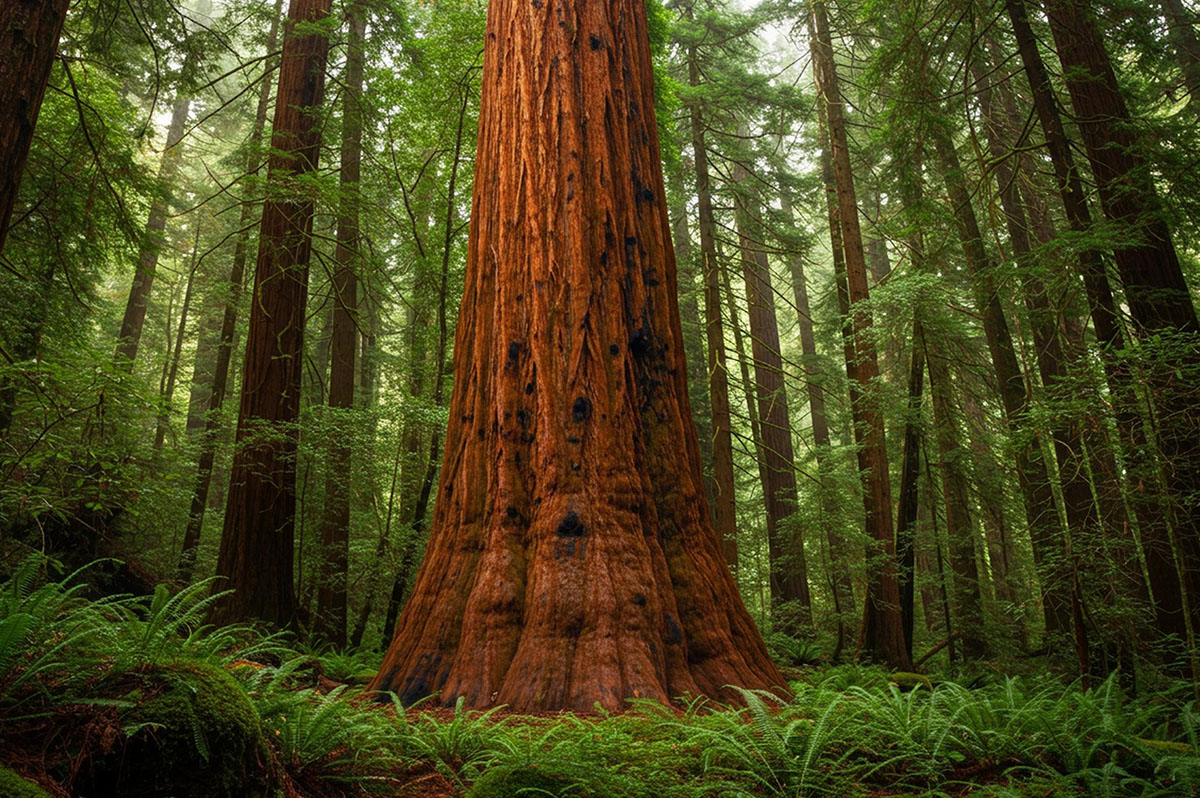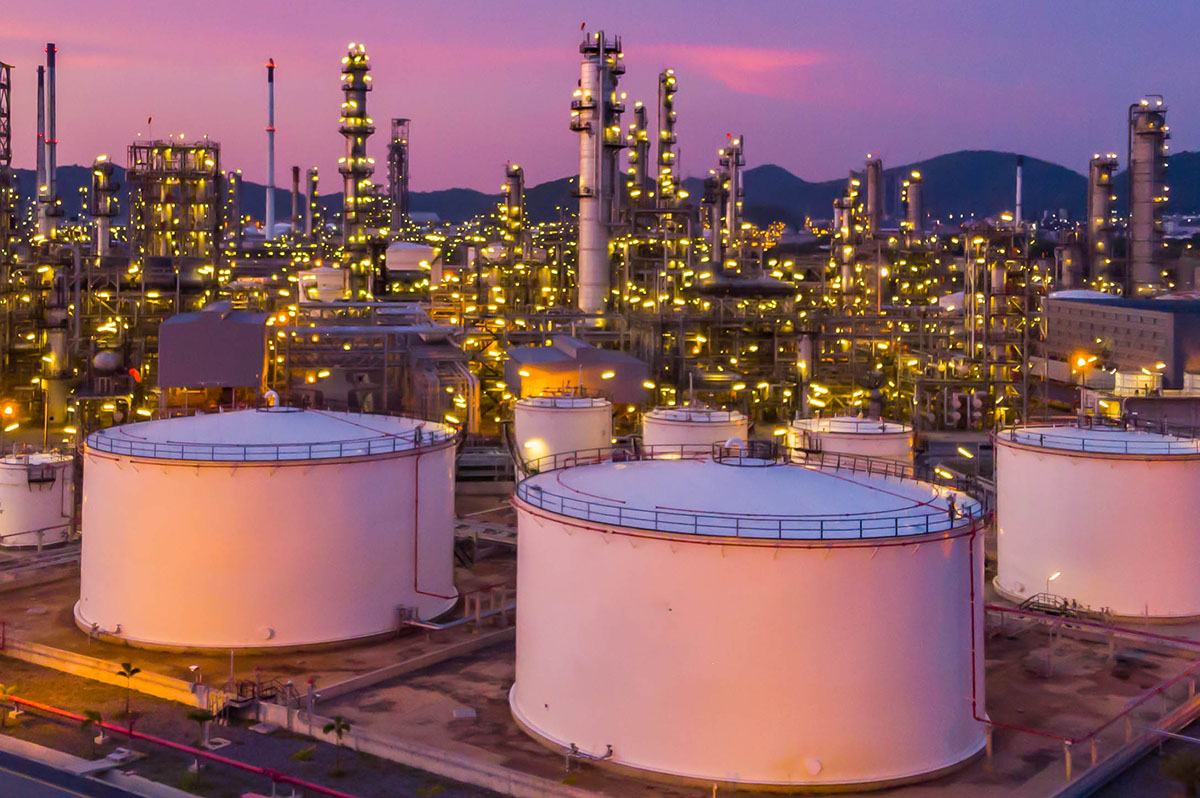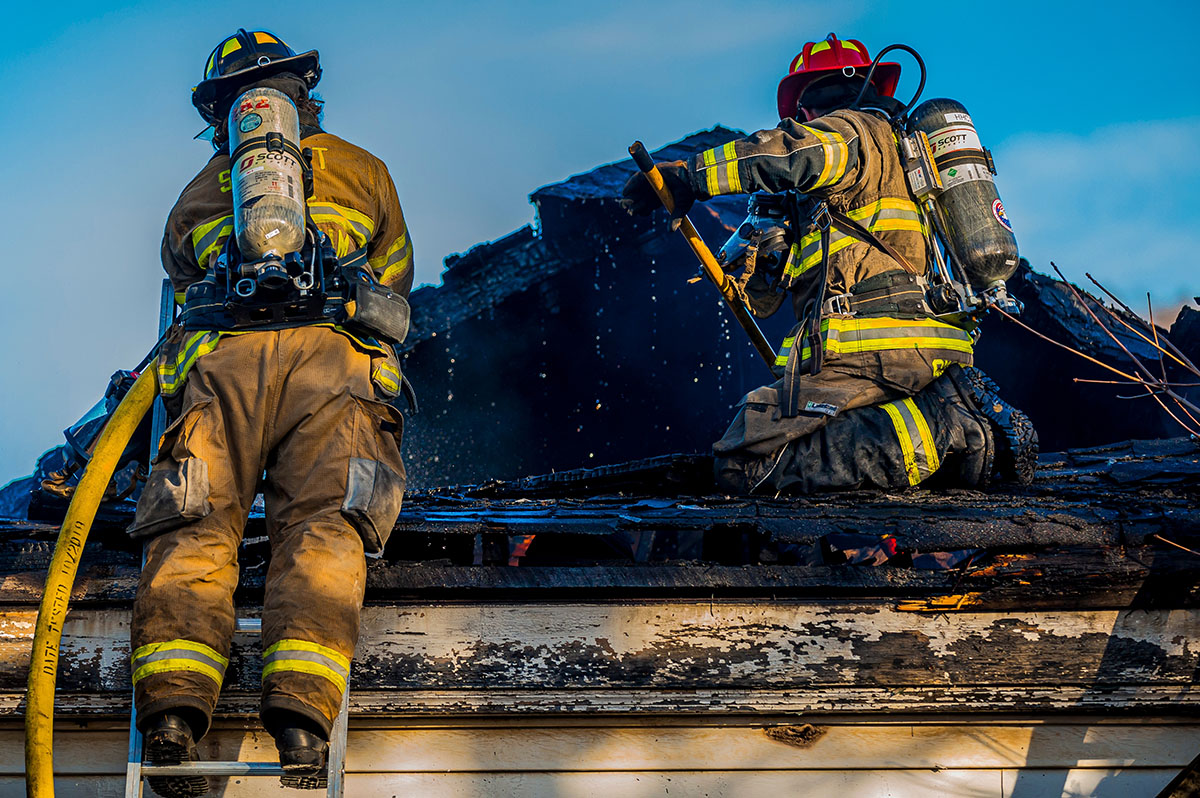STRONG WATER TECHNOLOGIES
Non-toxic, biodegradable Dynamic Viscosity Technologies, designed to significantly enhance firefighting outcomes.
Statistics!
Over 60,000 Annual US Wild Fires
Over 2.6 Million+ Acres Burned Every Year.
2.5 Million homes
At high risk of extreme wildfires in 2024.
1.39 Million Fires in 2023
Causing $23.2 Billion in losses.
Impact!
Toxicity
Heavy metals found in long-term retardants are harmful to human health and the environment.
Forever Chemicals
PFAS found in AAAF foams have been clinically proven to cause major health impacts.
Firefighters
Firefighters have the highest occupational related cancer rates in the USA.
Cost!
$400 to $900 billion.
The total global annual economic burden of wildfires.
$2.8 Billion
5-year average cost of Federal Fire Fighting.
90 Billion Gallons
of water utilized every year for all fires combined in the USA.






